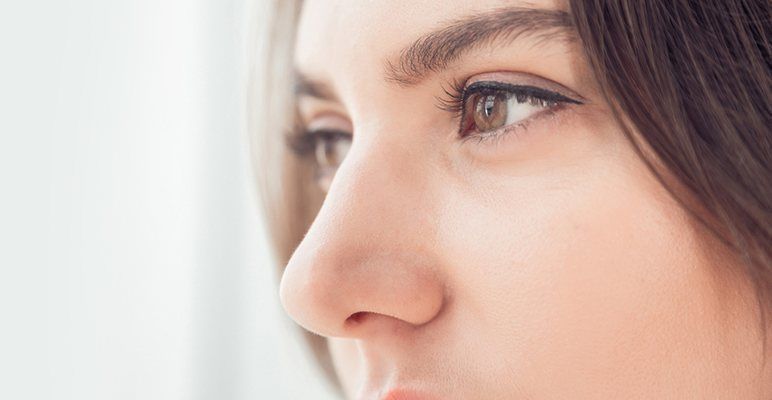What Happens After Rhinoplasty A Full Recovery Guide
Rhinoplasty, or nose surgery, is a popular cosmetic procedure to alter the shape or structure of the nose. While it offers great results, the recovery process is crucial for ensuring the best possible outcome. If you're considering or have recently undergone rhinoplasty, it's essential to know what to expect during the recovery phase. This guide outlines the stages of healing and provides tips for a smooth recovery.
The First Few Days After Surgery:
In the immediate aftermath of Rhinoplasty in Dubai (تجميل الأنف في دبي) , you may experience swelling, bruising, and discomfort around the nose and eyes. This is entirely normal. Most patients will have a splint placed on the nose to protect the structure and ensure proper healing. The first 48 hours are critical for managing swelling and preventing any strain on the nose. Resting with your head elevated is important during this time to minimize swelling. Applying cold compresses can help reduce bruising and swelling as well.

Managing Pain and Discomfort:
Post-surgery pain is generally mild but can vary from person to person. Your surgeon will provide pain management instructions, which may include prescribed pain relievers or over-the-counter medications. It's crucial to avoid any medications that could thin the blood, like aspirin, as they may interfere with healing. In addition to pain relief, you may also be advised to take antibiotics to prevent infection. Be sure to follow all instructions regarding medications carefully to support your recovery process.
Swelling and Bruising: What to Expect
Swelling and bruising are common after rhinoplasty and can last for several weeks. The majority of the swelling will subside within the first two weeks, but residual swelling can persist for up to a year, although it becomes less noticeable. The nose may look slightly different immediately after surgery due to the swelling, but as the healing progresses, the true results will become clearer. It's essential to remain patient during this period and avoid looking for final results too soon.
Post-Surgical Care and Hygiene:
Proper care during the recovery process is vital for preventing complications. Keep the nasal passages clean and free from congestion. Your surgeon may provide a saline solution or recommend specific techniques for gentle nasal irrigation. It's also essential to avoid blowing your nose during the initial weeks of recovery, as this can disrupt the healing process and lead to complications. Follow any guidelines provided by your healthcare provider regarding hygiene to reduce the risk of infection.
Returning to Normal Activities:
After the first week, many patients feel ready to return to light activities such as walking. However, strenuous exercises, heavy lifting, or any activity that could strain the body should be avoided for at least a month. It's also advised to refrain from activities like swimming or exposing the nose to extreme conditions, such as excessive heat or direct sunlight. As you gradually resume your regular activities, continue to take it easy to avoid putting unnecessary pressure on your nose.
When to Expect Final Results:
The final outcome of your rhinoplasty will become more apparent as the swelling continues to reduce over time. While many individuals notice significant changes within the first few months, it can take up to a year for the nose to fully settle into its new shape. This delayed healing is a natural part of the process, and it's important to remain patient as your body continues to adjust. During this time, avoid making any drastic changes or decisions about your nose until the full results are visible.
Long-Term Care and Considerations:
After your rhinoplasty recovery, it's important to continue taking care of your nose. Sun protection is crucial, as UV exposure can affect the final appearance of your nose. Wearing sunscreen or protective clothing when outside will help maintain the results. Additionally, if you experience any concerns or complications post-surgery, such as unusual swelling, pain, or signs of infection, don't hesitate to reach out for professional guidance. By following your recovery plan and staying vigilant about aftercare, you can ensure long-lasting and satisfying results from your rhinoplasty.
Conclusion:
Rhinoplasty recovery is a gradual process that requires time, patience, and proper care. While initial discomfort, swelling, and bruising are common, these symptoms typically subside as the healing progresses. Following post-surgical instructions, avoiding strenuous activities, and maintaining good hygiene are essential steps for a successful recovery. Although the final results may take up to a year to fully materialize, taking care of your nose in the long term, such as protecting it from sun damage, is crucial. By understanding and managing the recovery process, you can achieve the best possible outcome from your rhinoplasty surgery.
